...Featuring anomalous discoveries submitted to mcremo.com from around the world
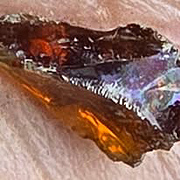 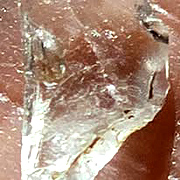  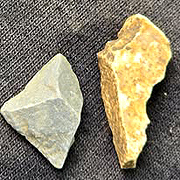 |
|
|
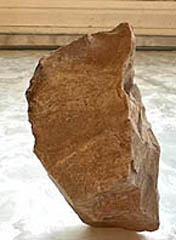 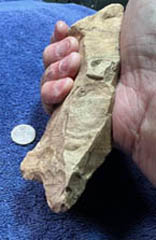 Chert Artifacts |
Sincerely, Austus Mosley Michael Cremo responds: Being involved in alternative archeology can be a lonely experience, especially if you are trying to influence mainstream professional archeologists. The best way to do that is probably to get a degree in archeology and work within their profession. But short of that you at least can be aware of their research methods and standards of evidence. Actually, whether you are trying to interest mainstream or alternative archeologists, you have to know your audience. For the alternative archeology audience you might find it useful to attend a conference like the ones put on by the Ancient Artifact Preservation Society…or you could look at the newsletters of the Pleistocene Coalition. You can send me a few…pictures of your specimens, and I will tell you what I think, which may be positive or negative.
|
|
  |
Alien Artifacts Hi, I recently
read about your interests in Forbidden artifacts. 8 years ago I
uncovered
thousands of artifacts on the beach. These artifacts are carved with
pictures
made out of quartz, chert, and other materials such as melted metals,
and
meteorites. I wrote a book about them myself because my museum was only
helping
me to a certain point in my state. I would really like to speak with
you on the
matter if you would not mind. I sent you a picture of the cover of my
book
showing what I have found. Please contact me and let me know if I can
speak
with you on this matter.
Michael Cremo responds:
|
|
 |
Grooved
Sphere
Hello, I have one of these spheres and I'm trying to sell it …If you have any suggestions please let me know. I will attach a picture.…My brother took it to [the] University of Louisville and spoke to a professor that taught archeology type classes he wanted to cut it in half, he said no. Professor told him it belonged in a museum…Would like to get it x-rayed. Just need advice on what to do with it. I didn't want it to be discarded if I passed. Would like to see if it is museum quality…I can send more pictures if you like or I could weigh it, it's pretty heavy. At first thought it was a Canon ball before I seen the show, but it's not magnetic. Lol Have a great day and thanks in advance for your time. Also this rock has gold or metallic surface not sure if you can see in the pics. I don't see where it could have been a bola rock. Michael Cremo responds: It looks like a sphere with an equatorial groove, somewhat corroded. It could be a bola stone. How did you get it, and where is it from? Thank you for the further details. That there is no information about where the object was originally found, makes it less meaningful from the scientific point of view. X-rays of the sphere sounds like a good idea. I can understand you not wanting to have it cut in half. You might considering giving a small sample of the object to some company that does metallurgic analysis. They could tell you what it’s made of… |
  |
Pebble Choppers
Hi Michael
I am an amateur rock
explorer from Northern Alabama (Jackson
and Madison counties) I think I have found some amazing surface finds
on
private property that hopefully ties in with your book, Forbidden
Archaeology.
(Found in remote parts of a creek and river) I took several pictures,
front,
back and sides of two pebble choppers. Page 165 of your book. The last
is a
snake or turtle head? I also have many other artifacts (hand axes, an
amazing
stone cleaver with a carved hominid on the back. Please let me know how
to
proceed. I can send these items to you for inspection if you like.
Best regards, Michael Cremo responds: The objects do seem to be pebble choppers. For me the main consideration would be their age. I am interested in things that are too old to be accommodated in the current timeline of modern science. Most archeologists would say that no humans came to the Americas any earlier than about 30,000 years ago. So if these things are older than that, that would be significant. Of course, because they are surface finds, they would be hard to date. |
 |
Footprint Found in Backyard
Michael, I have talked to you before concerning a "skull", but I need your input on this apparent "footprint" found in a stone. I will send a few pics for your review. Is it possible to tell the age of this apparent footprint from these pics? Michael Cremo responds: First thing you need to find out is the kind of rock. Footprints are preserved in sedimentary rock or layers of volcanic ash. If the rock is not in that category, the impression is most probably not a footprint. If it is sedimentary rock, and it is a footprint (and not just some natural mark that resembles a footprint), then a local geologist could tell you the age of the rock,and that would give you the age of the footprint. |
| |
|
|
Please send reports and pictures of your anomalous discoveries for possible
incluision in The Anomalies Pages and Forbidden Archeology Newsflash
online newsletter.
Send to:

The information presented here is not necessarily endorsed by Michael Cremo
All material is shared in the spirit of open and free inquiry.